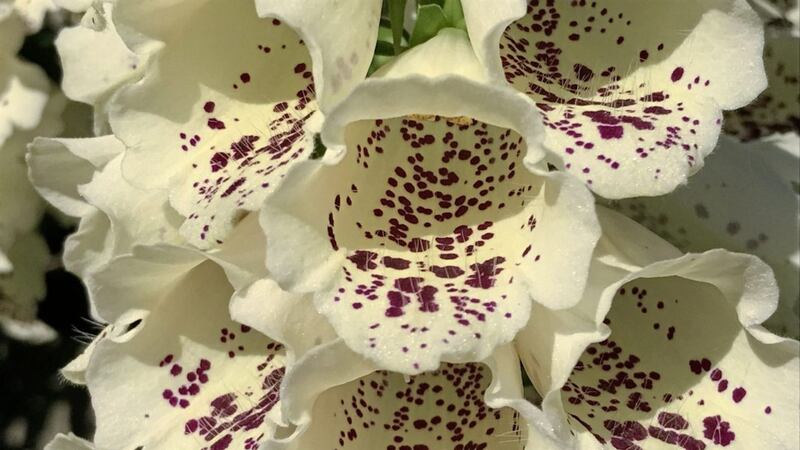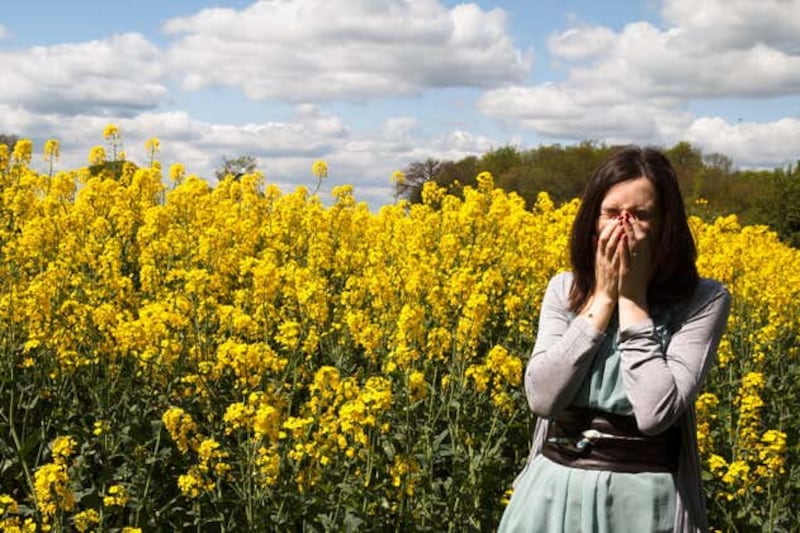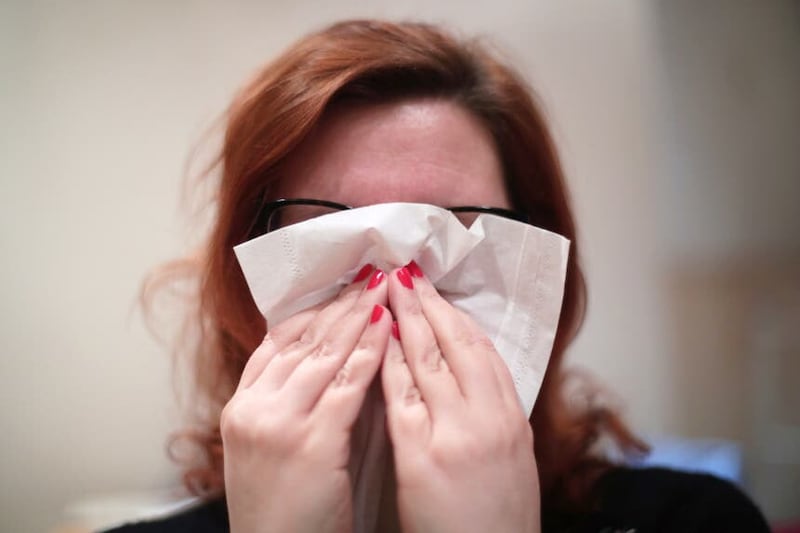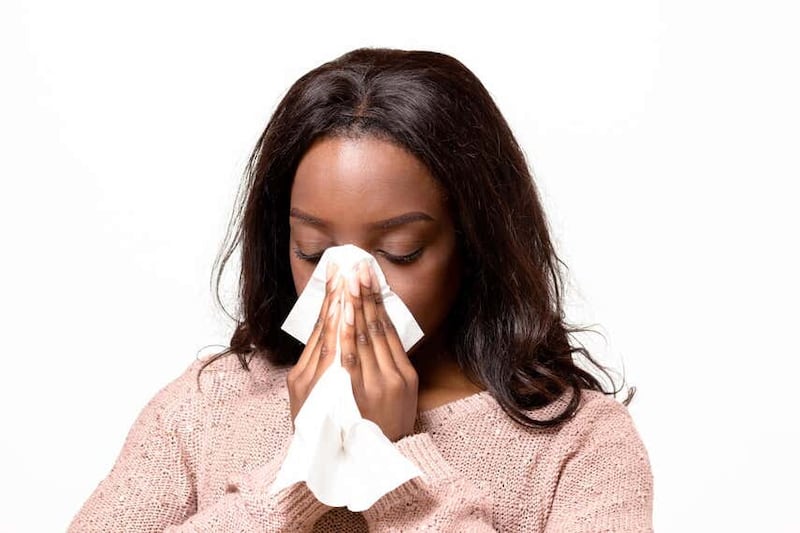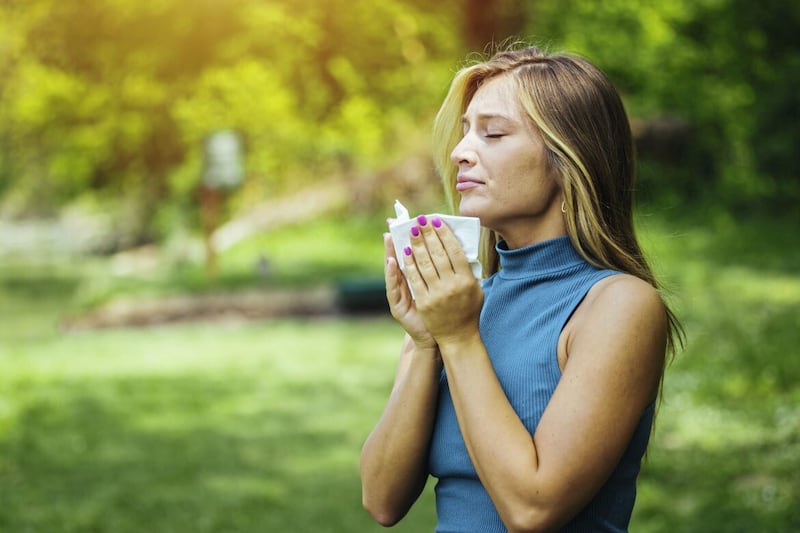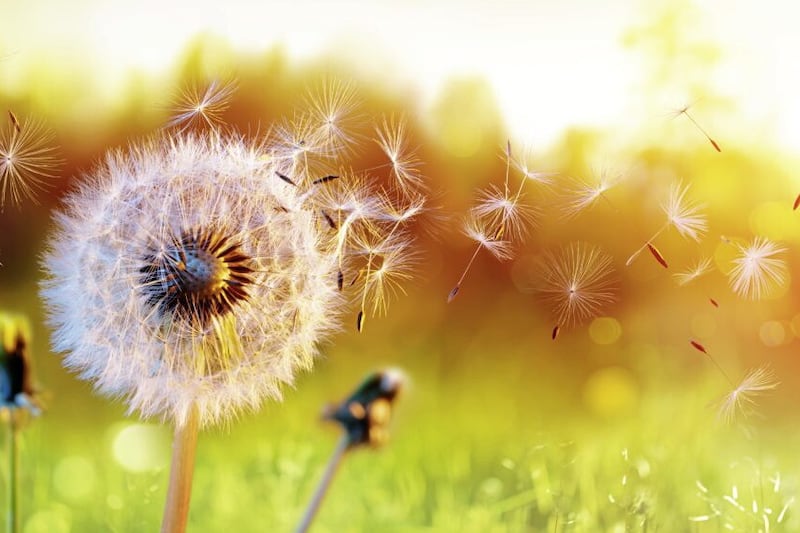HAY fever season is upon us – here are some tips for how gardeners can help the hay-fever sufferers in their family by reducing the allergen triggers which set off the symptoms:
1. Lose the lawn
Grasses are among the main causes of hay fever, as they're wind-pollinated. Their pollen is light and easily inhaled, and the airborne pollen is at its peak from late May to July. Decking, gravel or paving may be the answer. If you can't bear to lose your grass, make sure you mow it frequently to stop grasses flowering.
2. Choose low-allergen plants
Go for plants which are double-flowered and release far less pollen than single-flowered varieties. Bees might love open-flowered daisy-like plants including asters, but hay fever sufferers do not. Go for insect-pollinated plants, whose flowers enclose the pollen, so the pollinating insects have to climb inside the plant to reach it. These include foxgloves, honeysuckle, penstemon and snapdragons. Peonies are also a good choice, as they have thick and sticky pollen.
3. Avoid wind-pollinated plants
Beware of plants with small or feathery-looking flowers, as they're generally pollinated by the wind. These include ornamental grasses, such as pampas and carex. Ferns can also produce spores affecting people with allergies. Trees such as elm and oak can aggravate symptoms, too. Don't include trees or shrubs with catkins in your garden – hazel, birch and alder, for example – as they produce huge amounts of pollen in spring.
4. Watch the weather
If you're determined to venture into the garden, choose a cool, cloudy day, preferably after rain. The pollen count tends to be highest in the early evening, so get out into the garden earlier in the day if you can. It's likely there will be more pollen in the air on hot, dry, windy days, so avoid gardening in this sort of weather.
5. Be picky when growing your own
Avoid wind-pollinating crops, such as sweetcorn. Instead, go for self-fertile varieties of beans and courgettes, and leafy crops and salads, such as rocket and beetroot.
